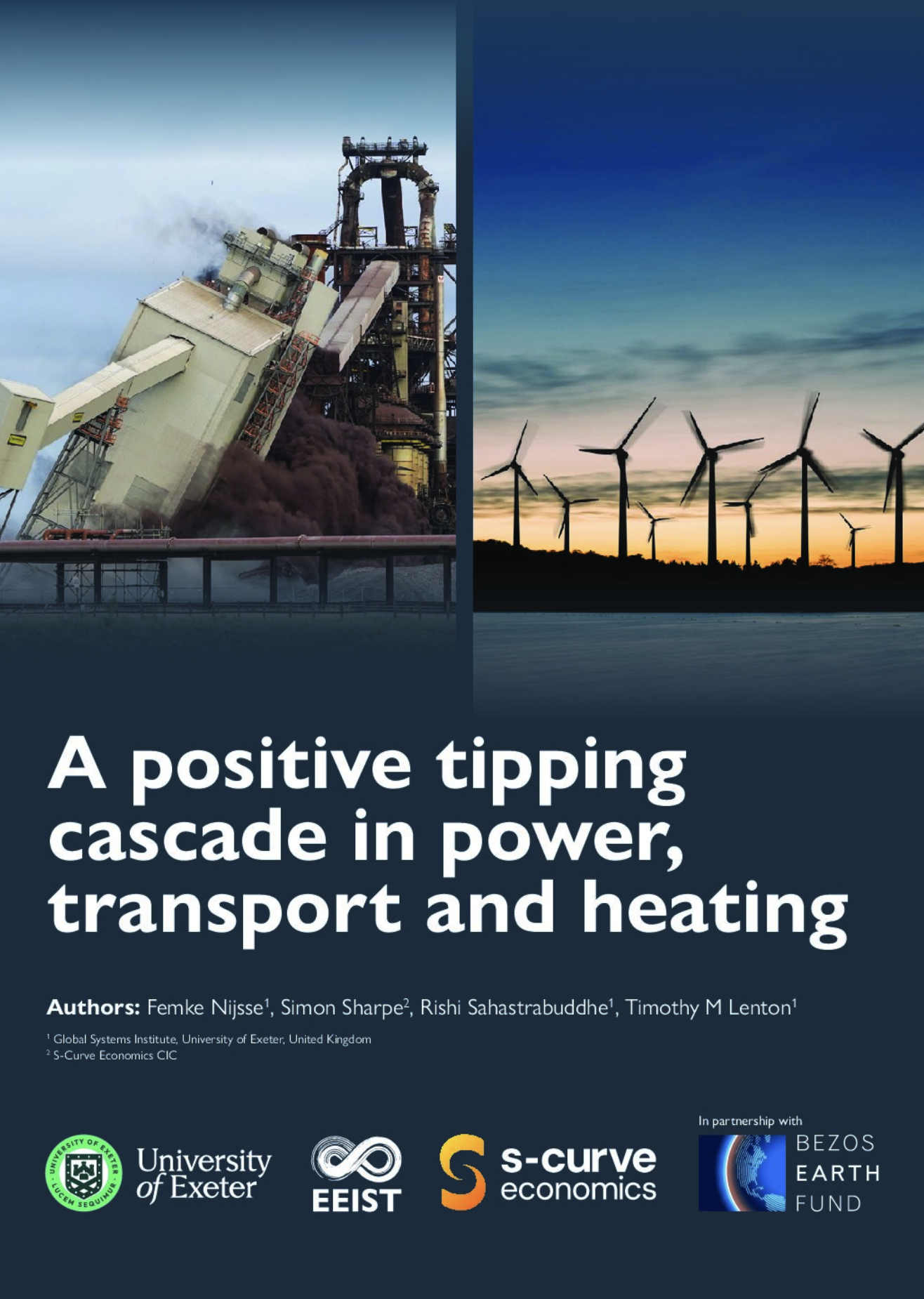September 2024
The transitions in different sectors are interrelated, and progress in one can enable progress in another. Innovation in batteries, driven by the transition to electric vehicles in passenger road transport, can drive down the costs of zero emission road freight and energy storage in the power sector. Lower cost electricity made available by the expansion of solar and wind power can help make heat pumps more affordable to run.
This policy brief investigates the relationships between the simultaneous transitions in the power sector, light road transport, heavy road transport, and residential heating. We find two super-leverage points – policies that have a high impact on the transition both in the sector where they are implemented, and in other sectors. A zero emission vehicle mandate in light road transport can drive innovation and cost reduction in batteries and the creation of a second-hand battery market, supporting the transitions in heavy road transport and the power sector. A coal power phase-out regulation can accelerate the shift to low cost renewable power, reducing the cost of electrification in sectors including heating and road transport. Overall, the net effects of interactions between sectors tend to speed up the transition. In some countries, thresholds of cost-parity between clean technologies and fossil fuels in one sector can be reached up to four years earlier due to these cross-sector relationships.

